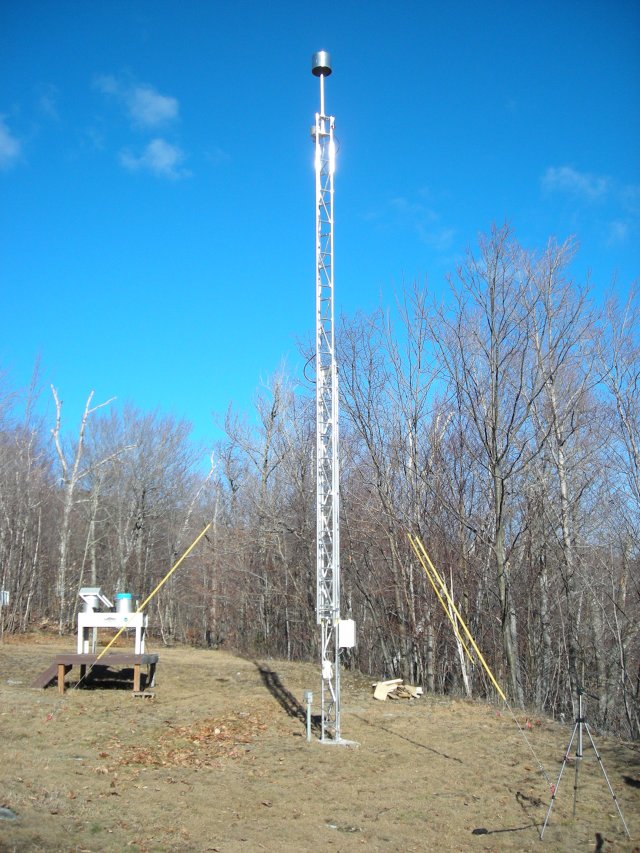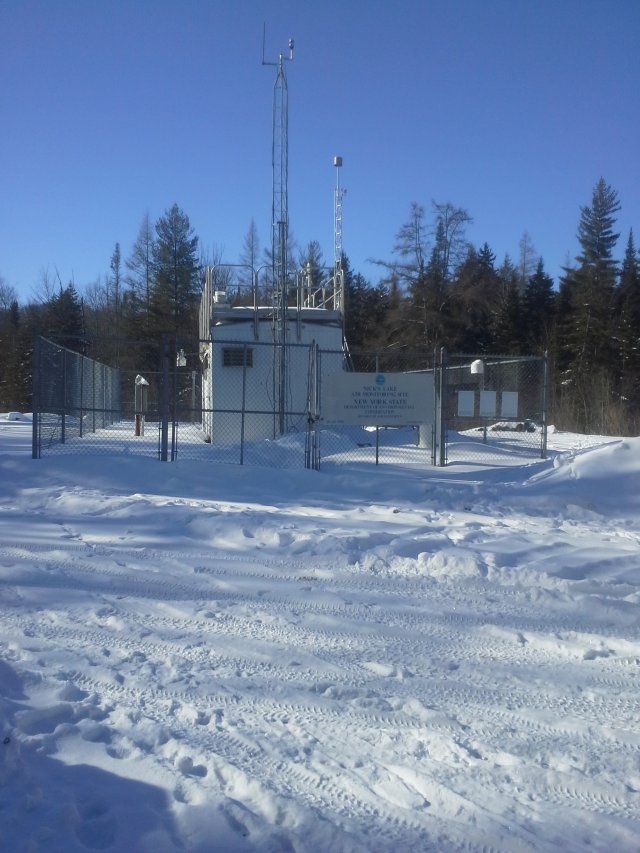CASTNET Program Partners
CASTNET supports external partners by providing archived filters and filter extracts for special research projects. External researchers may support the CASTNET program by assessing existing methods and data, responding to emerging issues, and improving measurement techniques to address policy and scientific questions. Sample requests are reviewed by the CASTNET program managers as they are submitted.
CASTNET is dependent on contributions from many organizations including EPA, the National Park Service (NPS), the Bureau of Land Management Wyoming State Office (BLM-WSO), Tribal and State Agencies, universities, and other organizations. Although EPA and NPS sponsor the majority of sites, program partners play a key role in supporting individual CASTNET sites and provide in-kind services that contribute to the overall operation of the network. These services are often necessary for the day-to-day operations at sites. For example, partners operate site instruments, change weekly filter packs, and perform general site maintenance. Many program partners provide the land for the CASTNET site. Others, such as universities, provide their expertise in air monitoring, which is invaluable for improving CASTNET monitoring capabilities and ensuring that CASTNET collects data that are valued by the scientific research community.
Since 2002, EPA has partnered with Tribal Nations to support the growth of their individual monitoring programs while filling in spatial gaps within the nation's air quality monitoring network(s). The Tribes operate the monitoring sites with technical and administrative support from the CASTNET program. For more information about establishing a Tribal CASTNET site click on the CASTNET Tribal Site Guidance (docx)
The expansion of CASTNET since 2001 has been largely driven by new participants and co-sponsors of the monitoring sites. Examples of program partners and some of their contributions to the network include:
- Seven monitoring sites located on Tribal lands: Cherokee Nation in eastern Oklahoma (CHE185), Alabama-Coushatta Tribe of Texas in eastern Texas (ALC188), Santee Sioux Nation in northern Nebraska (SAN189), Red Lake Band of Chippewa Indians in northern Minnesota (RED004), Nez Perce Tribe in Idaho (NPT006), the Confederated Tribes of the Umatilla Indian Reservation (UMA009), and the La Posta Band of Diegueno Mission Indians of the La Posta Indian Reservation, California (LPO010).
- The Indian River Lagoon Council operates the Indian River (IRL141) and Canaveral National Seashore (CNS011) CASTNET sites to help protect one of the most biologically diverse estuaries in North America.
- Scientists at the Konza Prairie Long-Term Ecological Research program operate a filter pack monitoring site (KNZ184) to assess sulfur and nitrogen impacts to the prairie.
- The state of Texas and USDA Agricultural Research Service operate a site in Palo Duro State Park (PAL190).
- The Bureau of Land Management's Wyoming State Office (BLM-WSO) operates the Wyoming Air Resources Monitoring System (WARMS) network, an eight-station network designed to measure air quality in Wyoming. BLM-WSO upgraded 5 of the WARMS sites to CASTNET sites in 2012.
In 2012, new small-footprint filter pack-only sites were installed in the Adirondack/New England region. Unlike traditional CASTNET sites, these filter pack-only sites do not require a shelter and use less power. These small footprint sites have been a cost-effective method of filling in spatial gaps in PM2.5 and ozone precursor measurements across the network. Sites at Whiteface Mountain, NY (WFM105), and Nicks Lake, NY (NIC001), are supported by the New York Department of Environmental Conservation (NYDEC), in partnership with the New York State Energy Research and Development Authority (NYSERDA). From 2012 - 2022, Vermont's Department of Environmental Conservation (VTDEC), in partnership with the University of Vermont, provided in-kind operations at the Proctor Maple Research Center in Underhill, VT (UND002). Several Tribal partners operate small footprint sites.
Other Agency's or organizations may choose to add a CASTNET site to fill an air quality data need. The data can be used to assess local or regional impacts from anthropogenic or natural emissions sources, support research, or provide accountability for regulatory actions. The network supports training, equipment installation and maintenance, data management, and quality assurance activities.


Program Partners
| Name | Sponsor Type | Site Name | Site ID |
|---|

